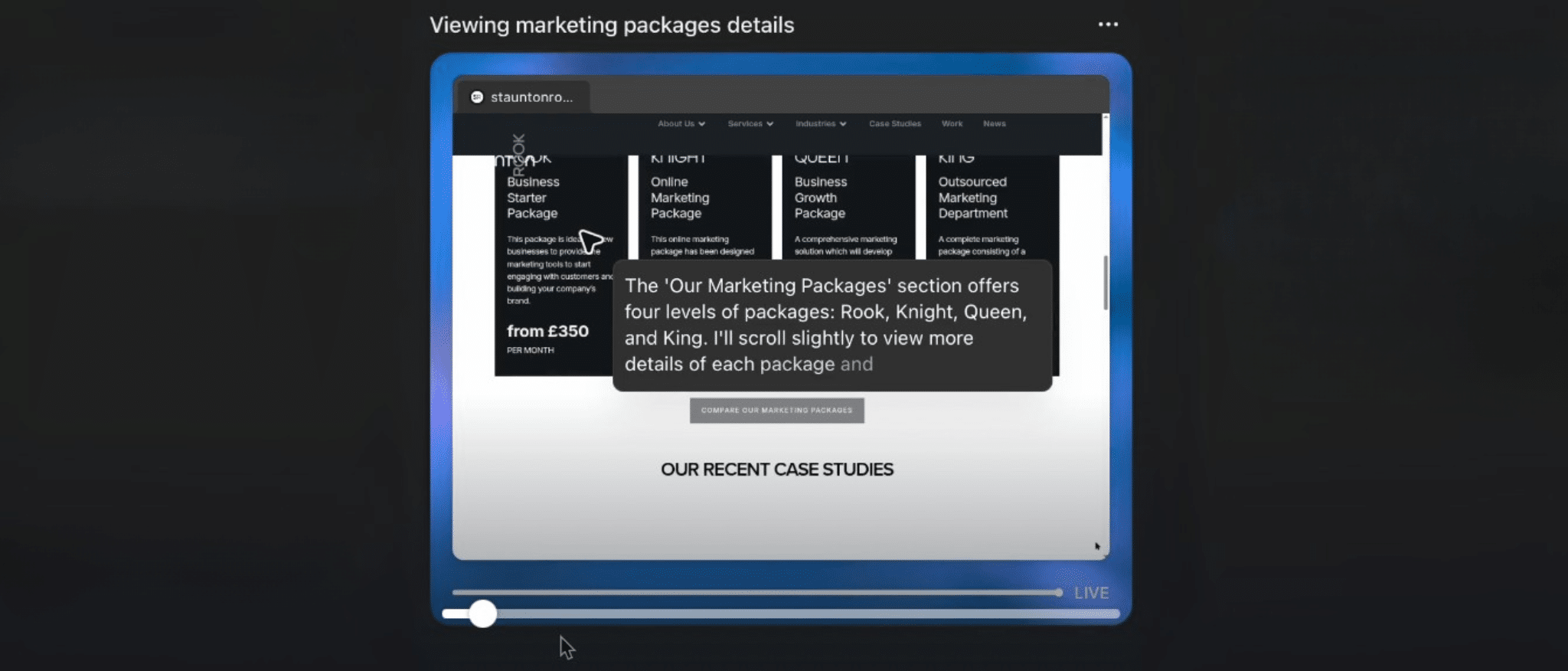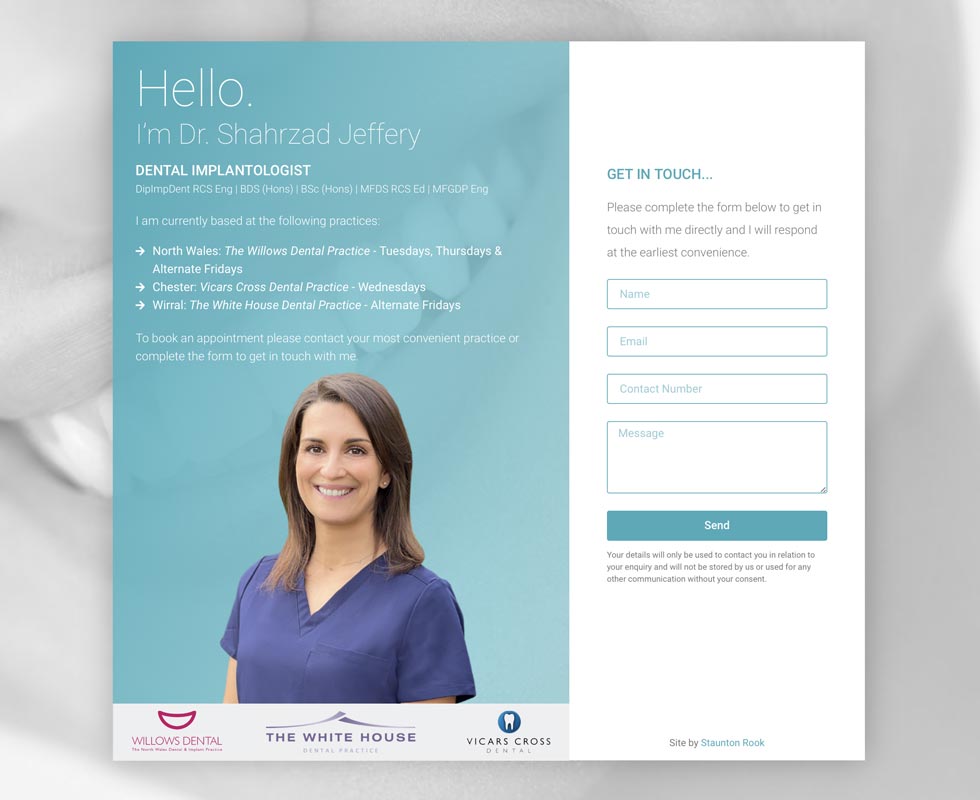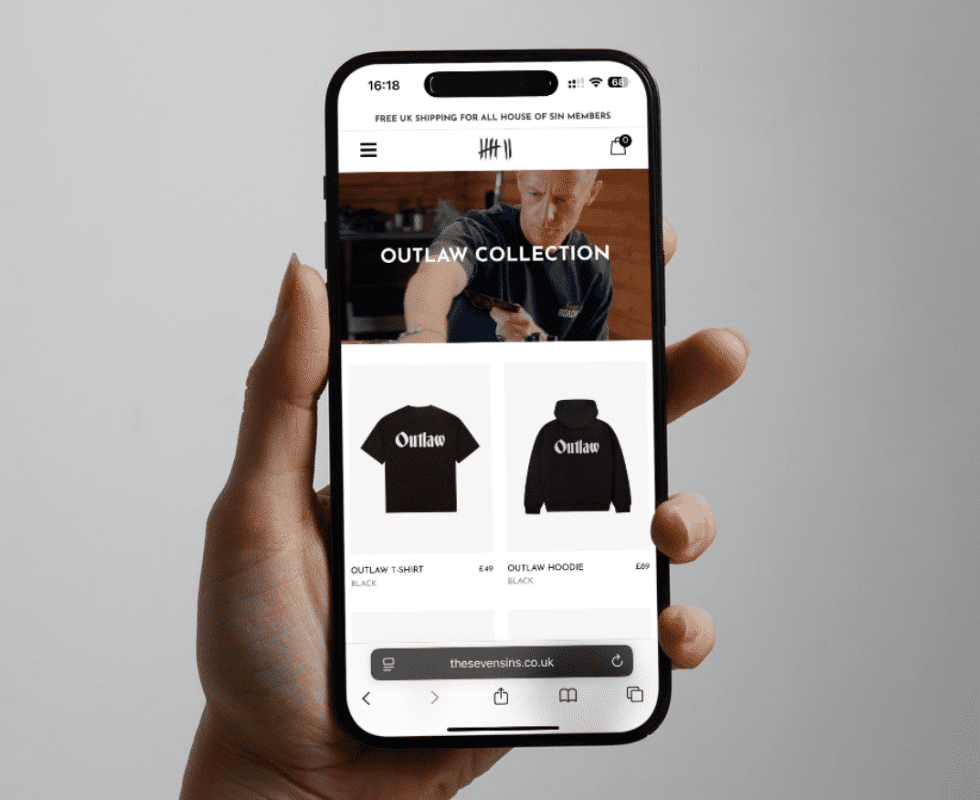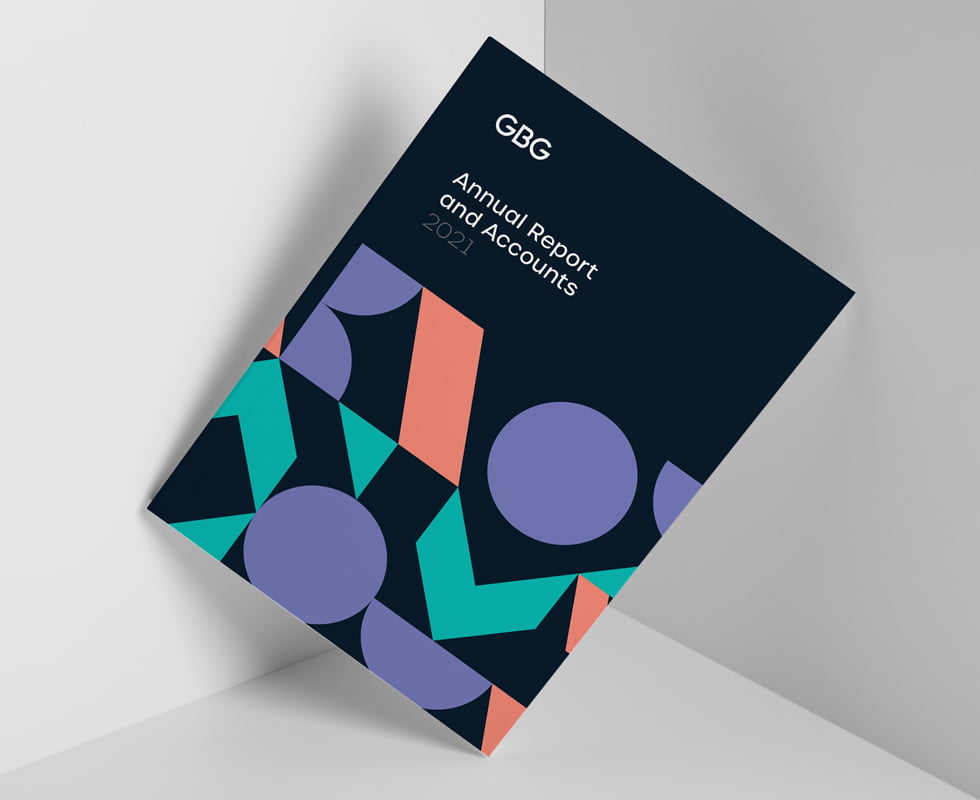We gave ChatGPT a challenge: could it find three bugs we intentionally planted on our website for it to find?
It found all three and discovered a fourth we didn’t even know about.
At Staunton Rook, we’re always looking for new ways to raise the bar when it comes to performance, quality, and innovation. So we put OpenAI’s new Agent Mode to the test, using our own website as the subject.
Why Use ChatGPT Agent Mode for Website Testing?
ChatGPT’s Agent Mode is designed to act more like a real assistant than a simple chatbot. It can analyse, interact, and reason across web pages using tools like browsers and code interpreters. In this case, we asked it to behave like a QA tester and report back on technical, functional, and usability faults.
The Setup: 3 Bugs Hidden in Plain Sight
Before we launched the test, we planted three faults:
- A broken link on the services page
- An image that wasn’t loading correctly on mobile
- A contact form that failed to show a success message after submission
We asked Agent Mode to review the site and identify any issues.
The Result: 4 Faults Found, Not 3
Within minutes, Agent Mode highlighted all three bugs we had inserted, but then it went a step further. It flagged a fourth issue we weren’t expecting: an intermittent JavaScript error on a mobile navigation dropdown.
It not only detected the problems, it explained why they mattered, how to fix them, and even offered UX enhancements like better alt-text on hero images and improvements to accessibility markup.
What This Means for Our Clients
This test has changed how we work. At Staunton Rook, we now integrate AI-based auditing, powered by ChatGPT Agent Mode, into our pre-launch checklist. It’s fast, insightful, and gives us another layer of quality control before a site goes live.
Whether you’re launching a new site or just want peace of mind, AI-powered testing is now part of our in-house process.


































